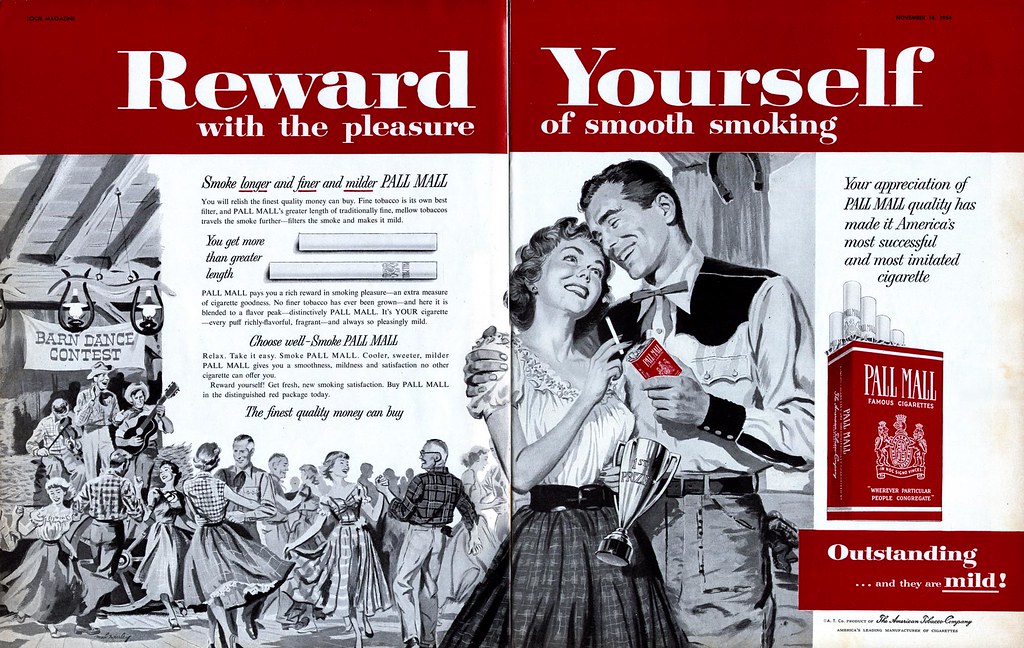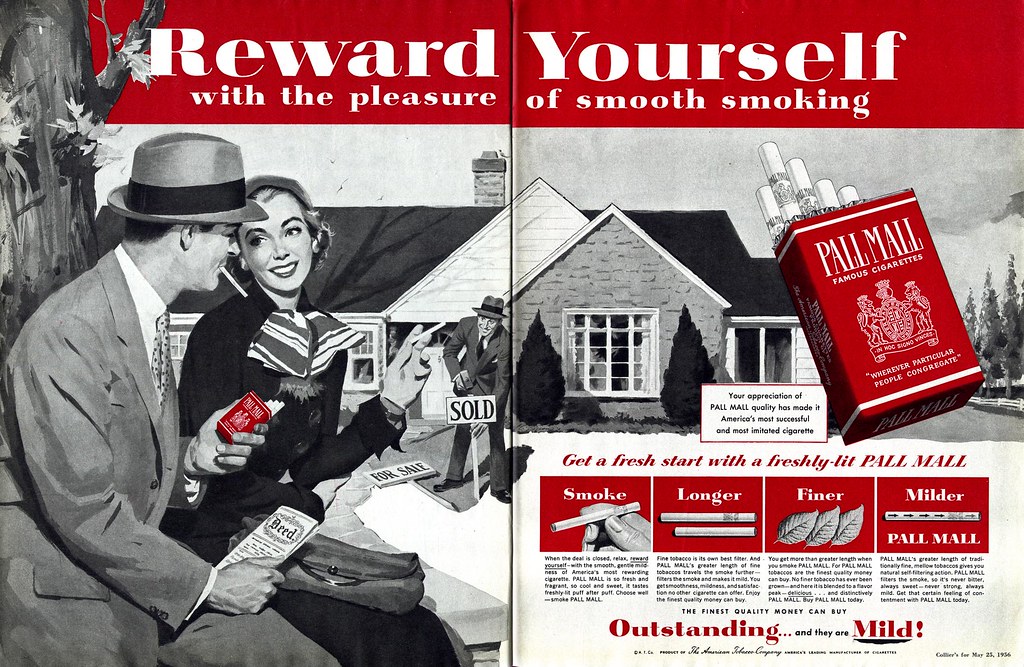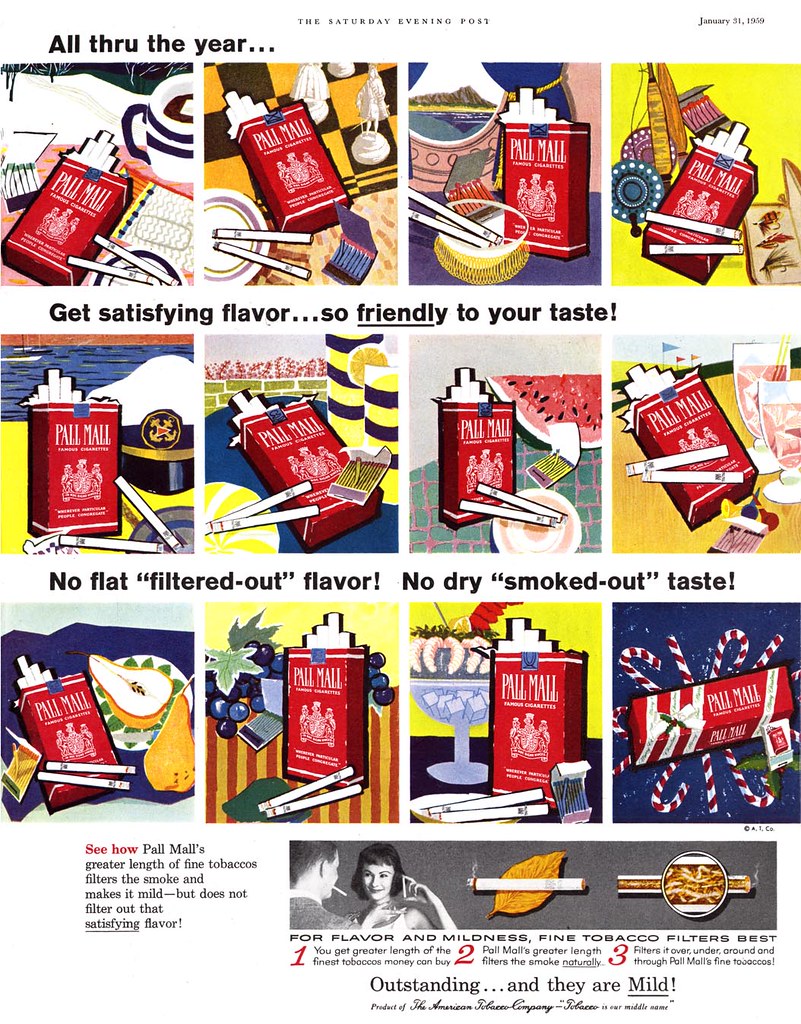Q: What is the most important element in a good advertising illustration?
A: I believe that the basic picture requirement is clarity, and simultaneously, the right content. Clarity and content are synonymous. It little matters how beautiful, compelling and interesting the surface of a picture might be if it does not say the right thing and say it clearly.

The volume of advertising is tremendous. The differences in most products minute. Attention is a major problem. Any time you can "write copy" in a picture using three quarters of the space - or in television clearly demonstrate or explain the idea visually - you are way ahead. You get attention and you get it centered right on the idea.

This takes illustration beyond its role of illustrating words. It becomes a language in itself. It can however only be "successful" if the picture maker is sympathetic, knowledgeable, and objective in his thinking in order to fulfill the requirements of the problem. He is interested primarily in communicating to his audience clearly and convincingly - the promise and benefit of the idea. The means by which he does it should always be planned to do only this, not to dilute the idea.

Q: What, in your opinion, is the value of the picture to the total creative effort in advertising?
A: Offhand I would say it is the instant communication of the idea. In advertising, the picture should be good copy. I believe it should do more than illustrate. It should appeal to the mind and have something to say of substance and meaning.

Often text is written describing the picture, usually saying what the picture has already said. In advertising, I think the picture has a job to do and the text should only say what the picture cannot - the reason, the benefit, the price, and so on.

Q: What contribution does a good illustration make to an advertisement?
A: Content! Content is what you are drawing. That is more important than how you draw. I observe that at this time we are on a "technique jag," which gets in the way of clear communication.

Q: How much of the fundamental copy job rests on the picture?
A: As much as possible. I believe the right picture can be very clear and convincing in setting up sales proposition and interesting people. For the average product little text is necessary. People in advertising are basically copy minded and their idea of a picture is something to illustrate their words. A good picture man with advertising sense can make an outstanding contribution to advertising.

Continued tomorrow.
* My Fred Ludekens Flickr set
















































